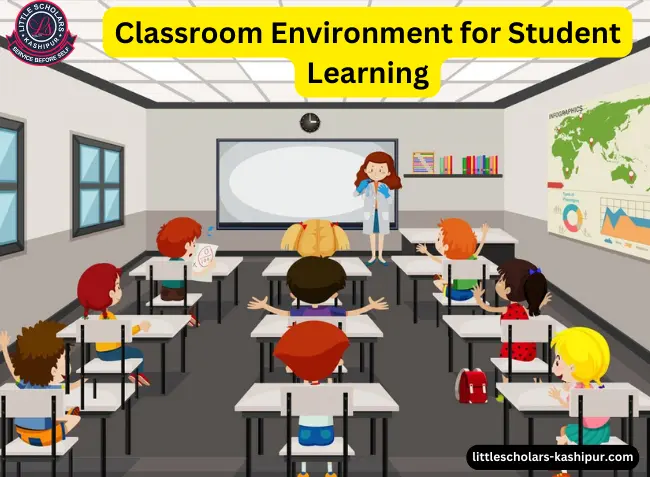Creating an optimal classroom environment is crucial for fostering effective learning experiences among students. This comprehensive guide explores various aspects of classroom environments that significantly impact student learning outcomes. From physical surroundings to emotional climate, every element plays a pivotal role in shaping educational experiences. This article delves deep into how educators can cultivate environments that promote engagement, motivation, and academic success.
The classroom environment encompasses more than just desks and boards; it embodies the atmosphere and culture where learning thrives. In this section, we'll introduce the concept of the classroom environment and its importance in shaping student behaviour and learning outcomes.
Physical Classroom Environment
Classroom Layout and Design
The physical layout of a classroom influences how students interact with each other and the material being taught. This section examines different classroom layouts and their impact on student engagement and teacher-student interactions.
Use of Technology in Classroom Design
Integrating technology into classroom design can enhance learning experiences. This subsection explores the benefits of technology adoption, including interactive displays, online resources, and collaborative tools.
Emotional and Psychological Climate
Creating a Positive Emotional Climate
A supportive emotional climate is essential for student well-being and academic performance. This part discusses strategies for creating a positive classroom atmosphere where students feel valued and encouraged.
Managing Classroom Dynamics
Addressing classroom dynamics involves managing student interactions and behaviours effectively. Techniques such as positive behaviour reinforcement and conflict resolution are explored in this section.
Competency-Based Education: Revolutionizing Learning for the 21st Century: Read now
Teaching Methods and Pedagogical Approaches
Student-centred Learning Environments
Promoting student-centred learning shifts the focus from teacher-led instruction to active student participation. This subsection outlines various teaching methods that empower students to take ownership of their learning.
Differentiated Instruction Techniques
Adopting differentiated instruction caters to diverse learning needs within a classroom. Strategies for adapting teaching methods and content are discussed, ensuring all students receive equitable learning opportunities.
Impact of Classroom Environment on Learning Outcomes
Academic Achievement and Engagement
A conducive classroom environment correlates with improved academic performance and higher levels of student engagement. This section reviews studies and findings that highlight the direct link between environment quality and learning outcomes.
Psychological Effects on Learning
Psychological factors, such as motivation and self-esteem, are influenced by the classroom environment. This subsection explores how environmental stimuli can impact student attitudes toward learning and their overall psychological well-being.
Cultural and Inclusive Classrooms
Culturally Responsive Teaching Practices
Creating a culturally responsive classroom acknowledges and respects students' cultural backgrounds. Strategies for integrating diverse perspectives into the curriculum are examined, fostering a more inclusive learning environment.
Supporting Special Needs Students
Addressing the needs of students with disabilities requires tailored support and accommodations. This part discusses inclusive practices and resources that promote accessibility and equality in educational settings.
Collaboration Between Educators and Stakeholders
Role of Educators in Environment Development
Educators play a pivotal role in shaping the classroom environment through planning and implementation. This section emphasizes the educator's influence on fostering a conducive learning atmosphere.
Student Skill Development Through Mentorship: Read now
Involvement of Parents and Community
Engaging parents and the community creates a collaborative support network for student learning. Strategies for involving stakeholders in classroom activities and decision-making processes are explored in this subsection.
Challenges and Solutions
Overcoming Common Classroom Challenges
Identifying and addressing challenges within the classroom environment is essential for continuous improvement. This section examines common obstacles educators face and offers practical solutions to enhance classroom dynamics.
Professional Development for Educators
Continuous professional development equips educators with the skills and knowledge to adapt to changing educational landscapes. The importance of ongoing training and support is discussed, ensuring educators remain effective in their roles.
Conclusion
In conclusion, the classroom environment significantly impacts student learning experiences and outcomes. By prioritizing both physical and emotional elements, educators can create inclusive, engaging, and supportive environments where every student can thrive academically and emotionally.




